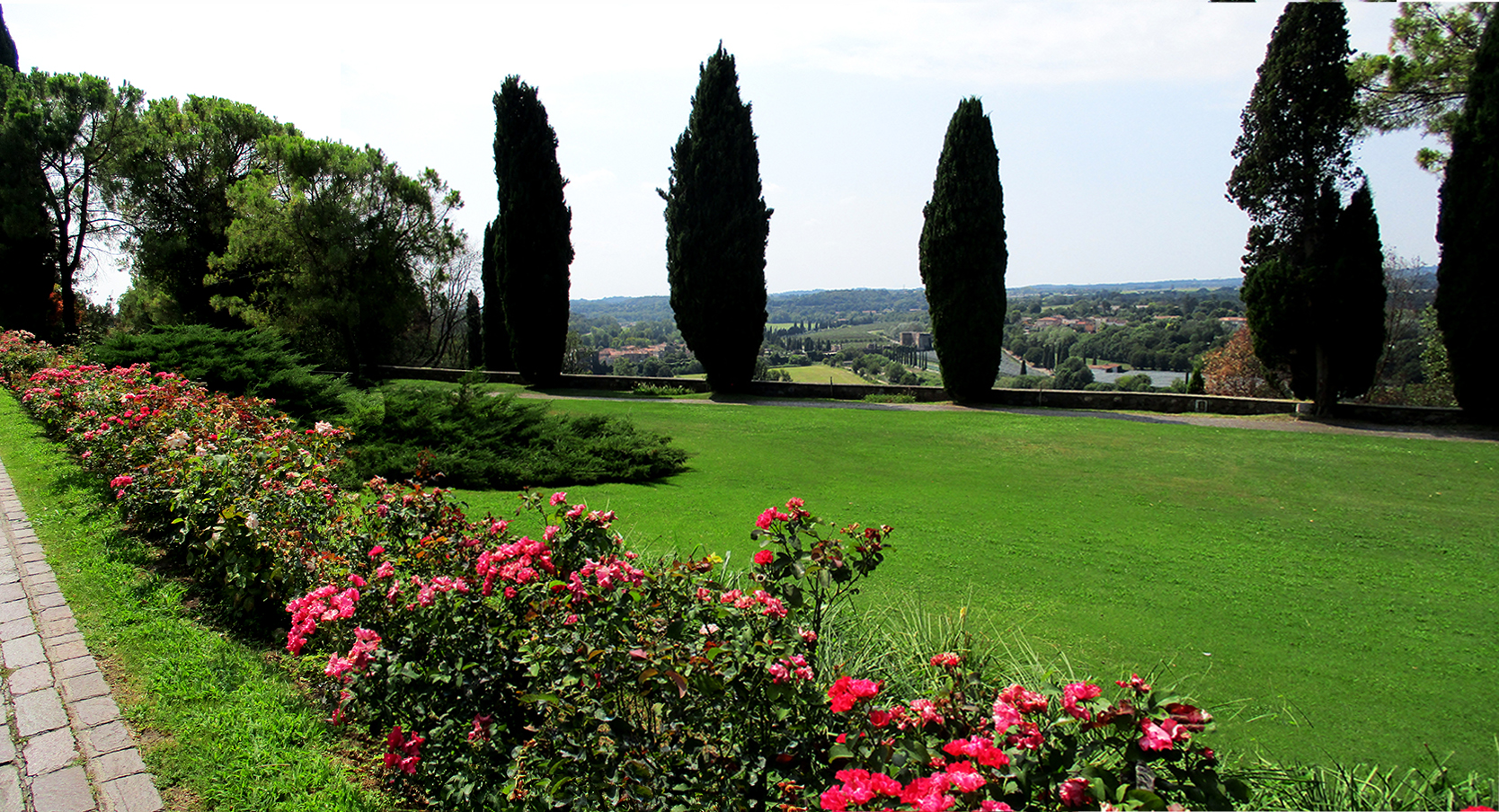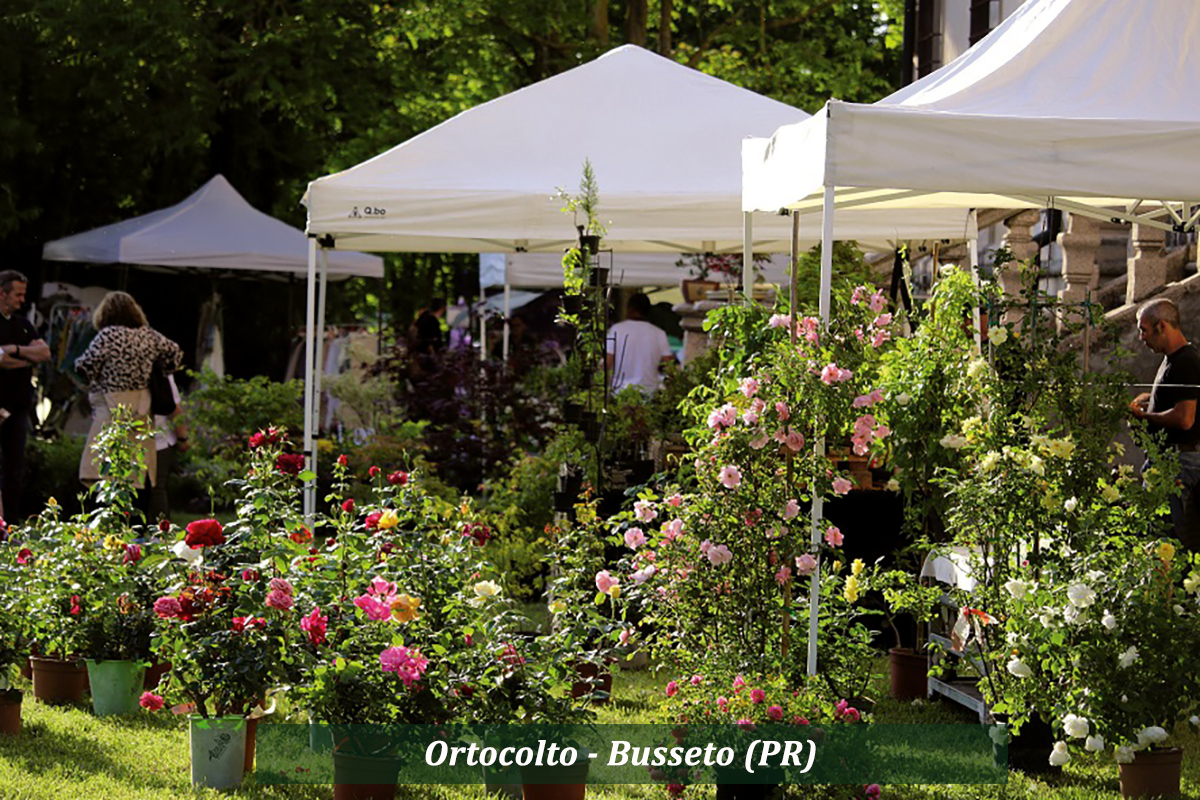How to have a beautiful lawn? you need the right soil, sowing done in the right periods (March or September), regular irrigation and frequent cutting of the grass to encourage thickening. It is essential to eliminate weeds by uprooting the roots and keeping tufts of grass close together. Even the turf requires careful preparation of the soil. Following each phase carefully guarantees a healthy, uniform and resistant lawn and following the suggestions in this article will answer the initial question: how to have a beautiful lawn.
How to Have a Beautiful Lawn: Complete Guide 2025 for a Dream Garden
Dreaming of a green and thick lawn like those on golf courses? In this complete guide, you will discover all the secrets to obtaining a perfect lawn that will be the envy of the neighborhood. From soil preparation to maintenance, every detail counts to have a lawn worthy of a professional garden.
Table of Contents
- What Makes a Perfect Lawn
- Soil Analysis: The First Fundamental Step
- Seeding the Lawn: When and How to Do It
- Perfect Irrigation for a Healthy Lawn
- Lawn Mowing: Techniques and Frequency
- Eliminating Weeds: Effective Strategies
- Rolled Lawn vs Seeding: Which to Choose
- Annual Maintenance Calendar
What Makes a Perfect Lawn {#what-makes-a-perfect-lawn}
A perfect lawn is recognized by three fundamental characteristics:
- Uniform density: the blades of grass are so close together that they form a compact carpet;
- Deep green color: an indicator of balanced nutrition and correct irrigation;
- Uniform height: the result of regular cuts and uniform growth
Sports lawns represent excellence: from soccer fields to golf club greens, these lawns are the result of constant care and professional techniques that you can also apply in your garden.
The Two Pillars of Success
To achieve these results, you must focus on two crucial aspects:
- Complete elimination of weeds – any grass other than that of the lawn compromises uniformity
- Deep and robust root system – guaranteed by correct and regular irrigation
Soil Analysis: The First Fundamental Step {#soil-analysis}
Warning: this is the step that determines 70% of the success of your lawn. Inadequate soil will ruin all your subsequent efforts.
How to Evaluate Your Soil
Before you start any planting, you need to know the composition of your soil:
Common problem soils:
- Clay soil: holds too much water, promotes fungal diseases
- Sandy soil: drains too quickly, makes grass thirsty
- Soil that is too acidic or alkaline: hinders nutrient absorption
Solutions to Improve Soil
We have dedicated an entire article to this topic ‘HOW TO UNDERSTAND THE COMPOSITION OF A SOIL’ which develops the problems and solutions very well, therefore, after reading this article, we recommend that you consult it to define what type of soil you have and, if necessary, how to correct it.
Seeding Your Lawn: When and How to Do It {#semina-del-prato}
The Best Times to Seed
March (late winter): As soon as the night frosts end
- Ideal temperatures for germination
- Natural spring rains
- Sufficient time for rooting before summer
September (early autumn): The best time of all
- Mild and stable temperatures
- Higher natural humidity
- Less competition from weeds
- Winter to strengthen the roots
⚠️ Absolutely avoid: January (too cold) and August (too hot and dry)
Professional Seeding Technique
Seedbed preparation:
- Soil preparation: spade or hoe at 20-25 cm depth
- Levelling: use a rake to eliminate holes and bumps
- Light compaction: pass with a light roller or trample evenly
Seed quantity:
- Resistant grass: 25-30g per square meter
- Ornamental grass: 35-40g per square meter
- High quality grass: 40-50g per square meter
Distribution technique:
Divide the seed into two equal parts
Sow the first half lengthwise
Sow the second half crosswise
This ensures uniform coverage
Covering and Watering:
- Cover the seeds with 0.5 cm of fine soil
- Water gently with a sprayer
- Keep moist (not wet) for 2-3 weeks
Perfect Watering for a Healthy Lawn {#perfect-watering}
Watering is the element that makes the difference between a mediocre lawn and a spectacular one.
Golden Rules for Watering
Frequency: It is better to water abundantly 2-3 times a week than a little every day Time: Preferably early in the morning (5:00-7:00) to reduce evaporation Quantity: 2-3 cm of water per week, including rainfall
Recommended Irrigation Systems
Automatic pop-up irrigation:
- Higher initial investment
- Long-term time and water savings
- Uniform and programmable irrigation
Oscillating sprinklers:
- Economical solution for medium areas
- Good coverage if positioned correctly (project)
- Require manual movement
Lawn Mowing: Techniques and Frequency {#lawn-mowing}
Proper mowing is essential to stimulate growth and thickening of the lawn.
Rule of the Third
Never cut more than 1/3 of the total height of the grass at one time. This excessive stress weakens the plant and encourages disease.
Seasonal Mowing Frequency
Spring: Every 5-7 days (rapid growth) Summer: Every 7-10 days (slow growth)
Autumn: Every 7-14 days (preparation for winter) Winter: Sporadic mowing only if necessary
Recommended Mowing Heights
- Ornamental lawn: 2-3 cm
- Resistant lawn: 3-4 cm
- Shaded lawn: 4-5 cm (to capture more light)
Pro Tip: Always keep your lawnmower blades sharp. Dull blades tear the grass instead of cutting it, creating wounds that encourage disease.
Eliminate Weeds: Effective Strategies {#eliminare-erbacce}
Weeds are the number one enemy of a perfect lawn. They are native plants, perfectly adapted to the local climate, therefore naturally more competitive than lawn grass.
Prevention: The Best Strategy
Dense lawn = Fewer weeds A dense lawn leaves no room for weeds to germinate and grow.
Preventive techniques:
- Quality seeding with adequate density
- Correct irrigation (weeds often tolerate drought better)
- Balanced fertilization to promote grass
Mechanical Removal
Manual weeding:
- Ideal for isolated weeds
- Always remove the entire root
- Do this after rain when the soil is soft
Useful tools:
- Weed knife for deep roots
- Hoe for shallow weeds
- Heavy duty garden gloves
Biological Control
Annual overseeding: Strengthen your existing lawn by adding seed to thinned areas each fall.
Rolled Lawn vs Seeding: Which to Choose {#rolled-lawn-vs-seeding}
Rolled Lawn: Pros and Cons
Advantages:
- Immediate and professional results
- No waiting period for germination
- Less risk of failure
- Ideal for events or real estate sales
Disadvantages:
- Cost 3-5 times higher than sowing
- Still requires careful soil preparation
- Possible rooting problems if poorly laid
- Fewer varieties of grasses available
Traditional Sowing: Pros and Cons
Advantages:
- Very low cost
- Greater choice of herb varieties
- Perfect adaptation to local conditions
- Personal satisfaction with the “do it yourself”
Disadvantages:
- Final result after 2-3 months
- Greater risk of failure
- Requires constant care in the first few weeks
- Possible thinning areas to correct
Annual Maintenance Calendar {#maintenance-calendar}
March – Spring Awakening
- First cut of the year (when the grass reaches 8-10 cm)
- Scarification to remove felt and moss
- First fertilization with nitrogen-rich fertilizer
- Corrective sowing in sparse areas
April-May – Active Growth
- Regular cuts every 5-7 days
- Irrigation if rainfall is scarce
- Weed control with manual removal
- Second fertilization cycle
June-August – Summer Stress
- Less frequent cuts (every 7-10 days)
- Abundant but less frequent irrigation
- Higher cutting height to protect from the sun
- Control of fungal diseases
September-October – Winter Preparation
- Ideal period for complete sowing
- Autumn fertilization with potassium for resistance
- Aeration of compacted soil
- Collecting leaves to avoid suffocation
November-February – Vegetative Rest
- Sporadic cutting only if necessary
- Cleaning tools and maintenance
- Planning interventions for the following season
- Protection in the coldest areas
Common Problems and Solutions
Yellow or Yellowed Lawn
Possible causes:
- Overwatering (root rot)
- Nitrogen deficiency
- Fungal diseases
- Pet damage
Solutions:
- Reduce watering and improve drainage
- Fertilize with nitrogen fertilizer
- Apply a specific fungicide
- Create dedicated areas for animals
Bald or Thinned Areas
Possible causes:
- Compacted soil
- Excessive shade
- Diseases or parasites
- Water stress
Solutions:
- Mechanical aeration of the soil
- Sowing grasses suited to shade
- Targeted phytosanitary treatment
- More efficient irrigation system
Irregular Growth
Possible causes:
- Uneven soil
- Uneven irrigation
- Spot fertilization
- Localized compaction
Solutions:
- Leveling and amending the soil
- Overhauling the irrigation system
- Fertilizing with a fertilizer spreader
- Aeration of problem areas
Conclusions: Your Perfect Lawn Awaits You
Creating and maintaining a perfect lawn requires commitment, but the results are worth every effort. Remember that consistency is more important than intensity: small, regular treatments are better than sporadic but intensive interventions.
The three pillars of success:
- Careful soil preparation
- Intelligent and regular irrigation
- Constant and scheduled maintenance
With this guide you have all the tools to transform your garden into a green oasis. Climate change presents new challenges, but with the right methods and an adaptive approach, your lawn will always live up to expectations.
Start today by evaluating your soil and planning the next interventions. The lawn of your dreams is closer than you think!
the Mondo del Giardino advice
Climate change always leaves us unprepared for lawn events that we do not know how to manage. Maybe the question is no longer how to have a beautiful lawn? But how to have a healthy and lush lawn. New approaches to lawn creation and maintenance are needed. Follow us to stay updated on the latest experiences of professionals!
Now on our horses! The work awaits us! Our new beautiful outdoor space is about to be born!
GOOD WORK and…if you have any questions please write to info@mondodelgiardino.com
Image souces: Cifo.it; giardinaggio.net; pngtree.com; federgolf.it; bestprato.com; gardenbenedetti.com; tulipgardenstickets.com; gadirrigation.com and Pixabay and in particular Claudia Peters, Thomas, Goran Horvat, Joe, Valter, Alexa and Ghinzo.































